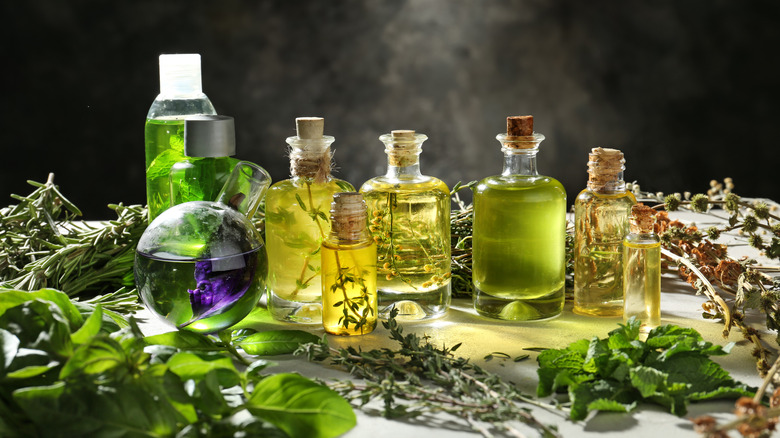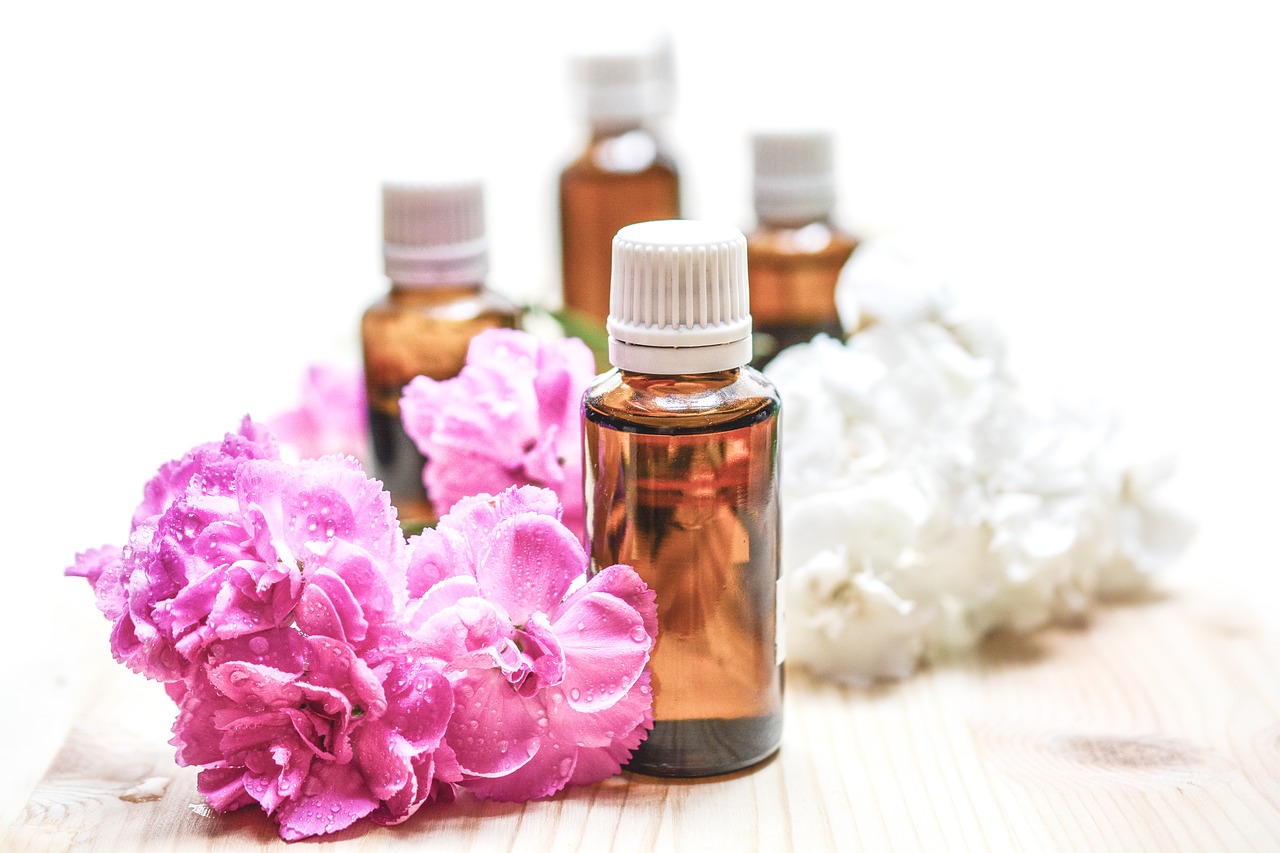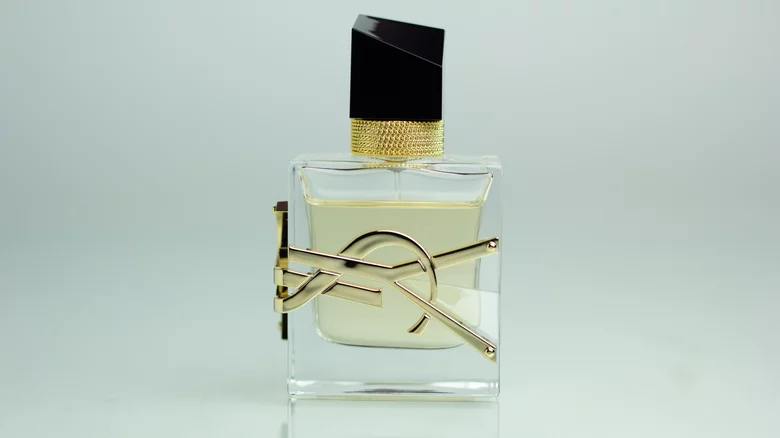Have you tried essential oils? With more and more people turning to alternative medicine, homeopathy…

How to Create Your Signature Scent
Scent mixing. Perfume layering. Fragrance cocktailing. Whatever you may call it, the art of mixing two or more scents together is an under-the-radar technique that women have been using for ages. Not sure where to start? We spoke with Laurice Rahme and asked for her advice on layering perfumes to create a truly unique scent. Because no one wants to catch a whiff of their “signature scent” on someone else.
Are the Benefits?
“Custom scents capture the personality of an individual,” Rahme says. “It allows [them] to whip up their own scent blends whenever the mood suits them.” In other words, you get the freedom of custom-blending a truly signature scent to reflect your personality or how you’re feeling. Think of it as a mood ring for your nose.
How Do You Layer Perfumes?
Layering scents doesn’t necessarily mean spraying two perfumes directly on top of each other—it can start as early as when you apply a scented lotion after your shower. Or, you can spray one scent on your wrists and another on your neck. Play around with different combinations and don’t be afraid to experiment! As a general rule of thumb, heavier scents should be sprayed first so they don’t overpower their lighter counterparts.
What Scents Go Well Together?
In order to understand how to best combine your scents, you first need to understand the different layers in individual fragrances. “The top note is what you smell right away when you spray it [and usually consists of] the sparkling and vivacious fresh notes,” Rahme says. “The middle note is the heart of the fragrance and is usually warmer and softer. And finally, the bottom note is what develops last and what stays with you for hours—long after the top notes have disappeared.”
Keep these notes in mind when you start to combine your scents. If you’ve never layered fragrances before, try to combine two fragrances that have a common note—jasmine, for instance—and go from there. Or, if you’re adventurous, try combining two or more opposite fragrances—a spice and a vanilla, for instance. “There is no right or wrong,” Rahme says. “Creating a perfume is part of science, but it really, really is an art—the art of translating and emotion into a feeling.” Her ideal combination? She suggests pairing Bond No. 9’s Central Park West ($250)—a warm, springtime fragrance with Narcissus, tangy ylang-ylang, and hints of jasmine—with Bond No. 9’s Central Park South ($250)—a vivid, heady scent with common notes of jasmine and ylang-ylang, but also sandalwood, cedar bark, and musk.
What Scents Should You Avoid Layering?
Rahme’s mindset towards fragrance layering is very open-minded—she thinks an individual should choose as many layers and as many techniques as he or she feels necessary to express exactly what his or her vision is. If you’re really nervous about causing any “what is that smell??” moments, keep this in mind: avoid combining two scents that are too dark and heady—they can be overwhelming when used together.
Any Last Tips?
Rahme says to allow as much time as it takes for your scent to “speak the language” you envisioned. In other words, be patient and have fun experimenting!



